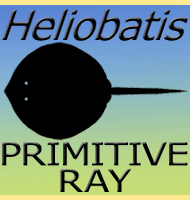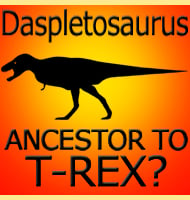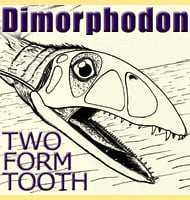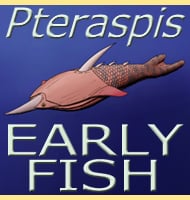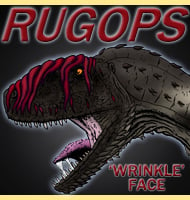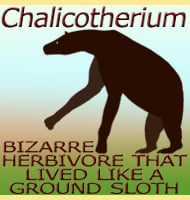In Depth
Magnirostris was a protoceratopsid dinosaur that would have been similar to the much more famous Protoceratops. Magnirostris was named after the unusually large beak that can be clearly appreciated in the holotype specimen. There has been suggestion that the Magnirostris holotype may in fact belong to the Bagaceratops genus. The thinking behind this is that the large form of the beak may simply be a product of the preservation process and was distorted as it was fossilised.
Further Reading
– A new protoceratopsid (Dinosauria: Neoceratopsia) from the Late Cretaceous of Inner Mongolia, China. – Acta Geologica Sinica 77(3):299-303. – H. You & Z. Dong – 2003.



